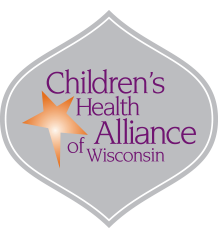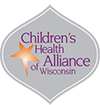By Libby Halma, Wisconsin HealthCorps member and Raelee Ciriacks, student intern
The project
This month, we attended an Advanced Review Team meeting for the Sudden Death in the Young (SDY) project. The SDY Case Registry is a national program that works to understand and prevent the causes of sudden and unexpected death in infants and children up to age 20.
It can be difficult for medical examiners to find the cause for sudden deaths in young people. Therefore, families, researchers and doctors often do not understand why these deaths occur, making it difficult to prevent them from happening. The goals of the SDY Case Registry are to:
- Count the number and types of sudden deaths in babies, children and young adults up to age 20.
- Try to understand the causes for the deaths.
- See if some children are more at risk of dying than others.
- Find ways to prevent these deaths.
Staff from the Alliance’s Injury Prevention & Death Review Initiative identify SDY cases in Wisconsin and work with families to obtain blood or tissue samples during autopsies for further research. The Alliance also helps facilitate monthly SDY Advanced Review Team meetings, where a group of interdisciplinary professionals review and discuss local SDY cases.
Seeing it in action
At the meeting we attended, there were medical examiners, geneticists, pediatricians, neurologists, pathologists and Alliance staff. The meeting was held at Children’s Hospital of Wisconsin and began with a case registry update presented by Heather MacLeod, a senior project manager from the national SDY Case Registry. Listening to Heather speak was a valuable experience because we got to see how Wisconsin’s efforts are a piece of the national puzzle. We hadn’t realized how people at the national level are analyzing the work we do in order to help children across the entire country.
The remainder of the meeting was spent discussing specific SDY cases from counties in southeast Wisconsin. For each case, we listened to various professionals review the circumstances of the child’s death, results from the medical examiner investigation and family histories. The doctors used very technical language when discussing the cases, but we were able to follow along pretty well. It was interesting to watch the doctors discuss diseases with each other to determine how a child may have died.
Prevention opportunities were discussed, when applicable. The geneticist also pointed out which SDY cases might benefit from further genetic testing.
Overall, these meetings impact public health because they aim to decrease preventable deaths among children up to age 20. While child death is a somber topic, we know that the Alliance’s involvement with the SDY project is providing valuable information for researchers. The information gained from the SDY project will ultimately drive prevention efforts benefiting children and adolescents nationwide.

